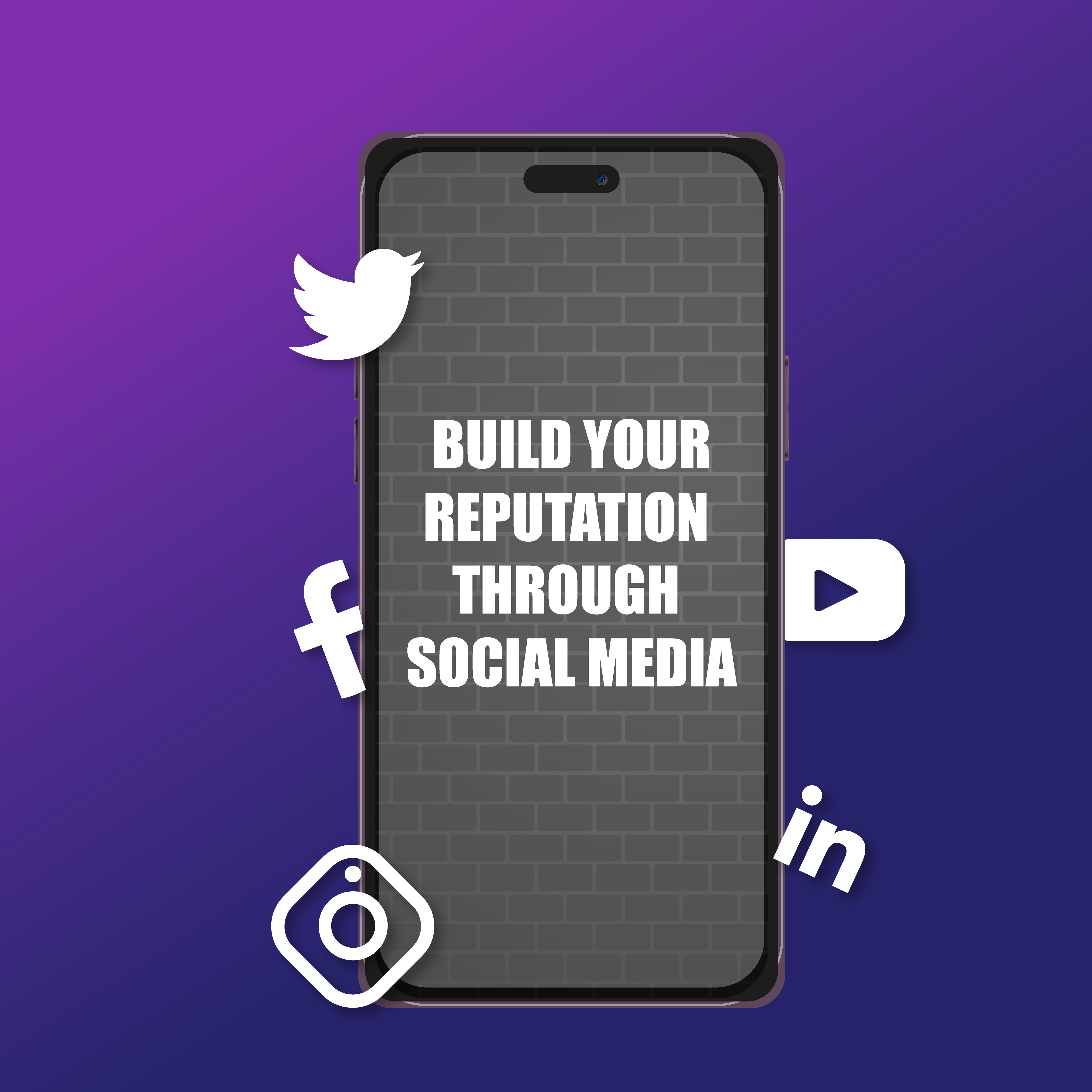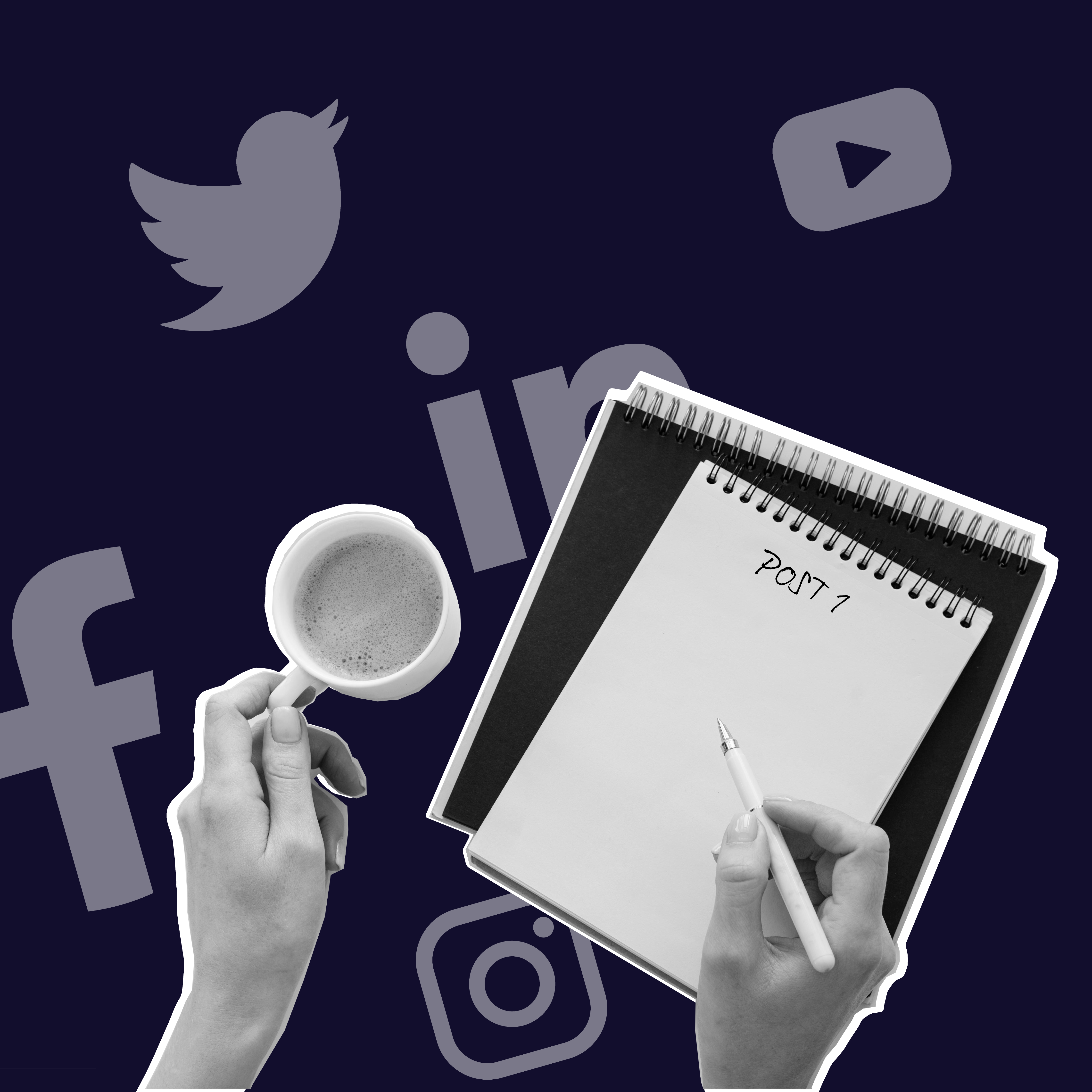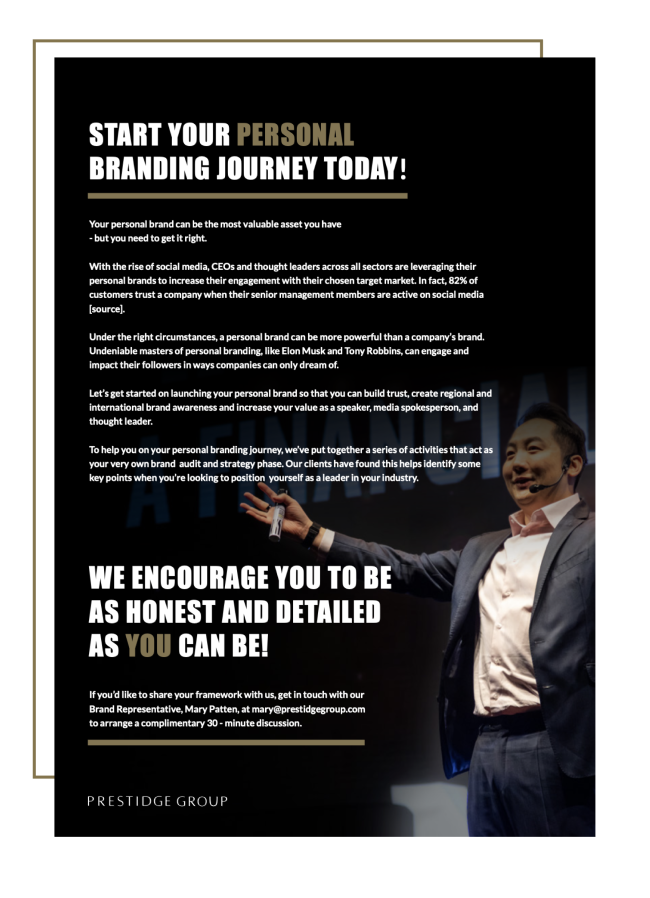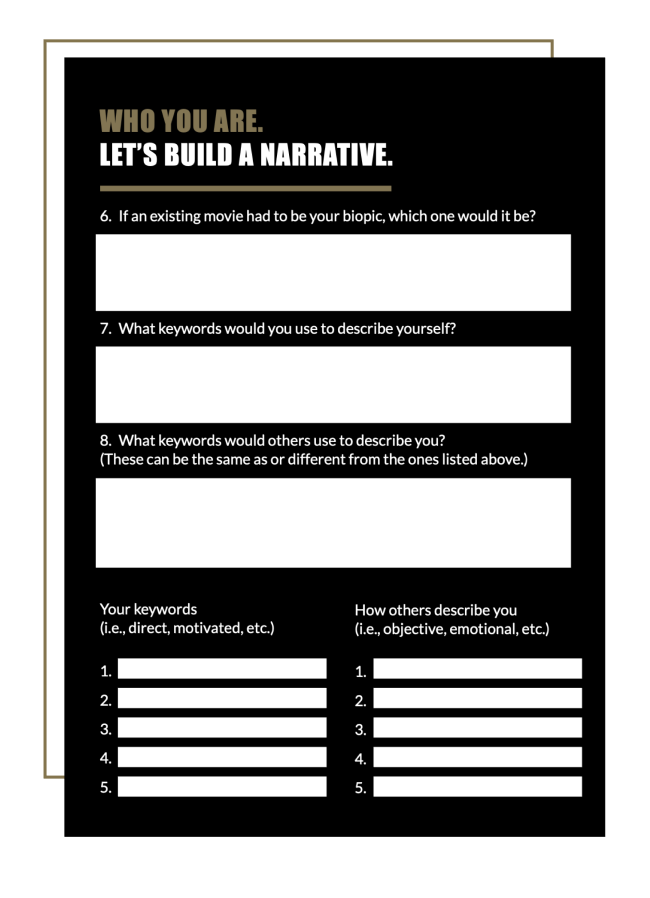What’s in a Voice?
As a senior content writer for an agency that specializes in elevating the personal brands of business leaders and entrepreneurs, a significant part of my job is to elucidate, replicate, and amplify the voices of our clients.
This seems fair enough, right? Clients come to us to package, clarify, and promote their personal brand.
For instance, let’s say there’s a startup founder who’s achieved success with her business and carved a solid niche in the marketplace, but now she wants to expand her thought leadership capabilities to become a leading voice in her industry. It’s our job to refine and illuminate that voice – to replicate it in the content we produce and make an argument for why it’s important and necessary to the relevant national or global discourse.
What IS a “Voice”?
When we speak of someone having a voice, what exactly do we mean? Do we mean their message – the substance and intent behind their words? Do we mean their particular style of communication – formal, casual, angry, determined? Do we mean subtextual markers that key us into the characteristics of the speaker – whether they’re erudite, down-to-earth, compassionate, cut-throat?
I believe the answer to be a little of everything. For professional writers like me who invest much time, energy and resources studying and perfecting the craft, “voice” refers to the rhetorical mixture of vocabulary, tone, point of view, and syntax that makes phrases, sentences, and paragraphs flow in a particular manner.
The children’s book author Patricia Lee Gauch once said: “A writer’s voice is not character alone, it is not style alone; it is far more. A writer’s voice lines the stroke of an artist’s brush – is the thumbprint of her whole person – her ideas, wit, humor, passions, rhythms”.
In this elegant explanation, Gauch gets to the heart of what voice is. A writer’s voice (and let us here allow ourselves the liberty of expanding ‘writer’ into ‘anyone who writes, speaks, or communicates’) cannot be reduced to the way or the what. A voice keys us into the human behind it. What a person says and the way they say it are both instructive in allowing us to compose an image of that person.
The voice isn’t just substance or style, it is the thing that allows us to engage and connect with the person behind it. It’s what distinguishes one person from another on the page or screen, why you prefer reading one expert’s thought leadership over that of another. It’s also why most AI-created writing is dull and uninspired. What’s missing is voice – the uniqueness factor, the “authenticity” that allows us to bond with others in life, in literature, and online.
Finding the “Voice”
So, practically, what does this mean? How does this information inform how I do my job?
Let’s return to the startup founder who wants to move into the realm of thought leader. Her name is Rebecca. She founded a pet food company that produces ready-packaged meals made from fresh, quality ingredients. She’s driven by the mission – and her company reflects this – of making healthy pet food more accessible to consumers all over the world.
Beyond the imperative for pet food corporations to adopt greater levels of transparency and commit to using fresh ingredients, Rebecca believes that governments should take a more active role in regulating the industry.
This gives us a pretty good sense of Rebecca’s positioning, which will inform the substance of what she’ll be writing and speaking about–whether it’s re-posting and commenting on a recent investigative article on the hidden ingredients in kibble or writing an op-ed to advocate for more urgency from the FDA in regulating pet food. But now we need to know how to say it.
Rebecca grew up on a farm, which is where her love for animals developed. She’s plain-spoken, doesn’t like using fancy words to make a point, and isn’t comfortable going on and on as if she’s a know-it-all. Her mom always used to say, “If you can say it in a sentence, that’s good. If you can say it in a word, that’s great. If you can demonstrate it to me through deeds or action, that’s best.”
With this information, we’re starting to see how we might shape the aforementioned content ideas into specific words and sentences. For example, I don’t get the sense that Rebecca’s social media posts would be dense diatribes about the pet food industry and food additives. I think she’d want to speak in succinct paragraphs that come from the heart and share stories about the impact animals have on people’s lives and why they deserve to be treated with care and respect. Serving animals healthy, nutritious food is just part of that care. She’d value clarity, compassion, and connection over lists of facts and meticulously worded arguments.
All of this information about Rebecca is allowing us to begin to picture what her voice would sound like. But the most important thing to keep in mind is that the voice is just an indicator of who the person is behind it.
There’s a reason we read authors, not books. We are not really as intrigued by the individual words on the page as we are by how the words on the page act as a window into what and how the author thinks or feels.
Of course, there are exceptions to this – we read books to learn about history, specific tasks, careers, etc.
However, in the world of personal branding, it’s good to remember that people are drawn to – and want to connect and engage with – living, breathing, idiosyncratic, imperfect, and inspiring humans. They’re interested in hearing about what Rebecca, drawing on her years of experience and unique positioning in the field, has to say about the state of pet food in America. They want to learn who she is and what drives her.
They’re interested in her. And that’s nearly entirely because of her voice.













